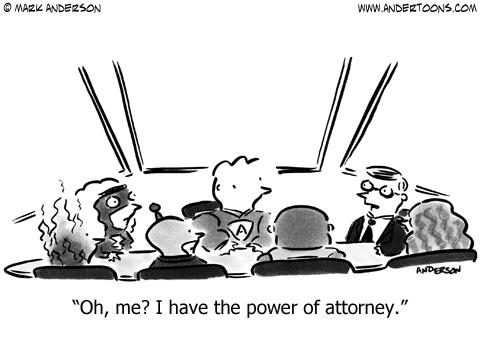In business gamification, adding game psychology and game mechanics to a work related process, typically and also advisably takes a bit of narrative. Especially for learning, the hero’s journey is often chosen as a a way of telling a story where your end-user can be the hero, whether they are a customer, employee or learner. In essence the hero has to overcome stumbling blocks, villains, traps and anything else that you can imagine, but heroically reaches their goals and comes out winning in the end. To be honest some work days may indeed already have that feel about them for some, where they have battled the elements and then some in order to get to their destination.
For the majority of people though the work day shares more resemblance with a meandering river encountering the same kind of villages along its track instead of an epic tale of “Lord of the Rings” proportion. Most people want to get the job done to the best of their ability and hopefully within a reasonable timeframe, although the latter may vary significantly based on personal experience. Narrative can make learning or working more interesting for those that need the external motivator, for those who already gain satisfaction from learning or their work, the added narrative can be seen both as bonus fun or unnecessary.

In the case, where we are aiming at productivity and fast finding of resources, the hero’s journey approach may actually be more of a hinderance than an advantage. When the narrative slows down the learning or work, then it may become a hinderance. In most games with the exception possibly of text adventures, the narrative is kept quite limited, think Twitter length at best and where possible it is even replaced by imagery. Games companies want you to progress in playing their game.
In gamification for productivity adding relevant game mechanics in meaningful places where they aid both the user and the intended outcome, is often preferred over longer storytelling narrative. What I am hinting at for example is at the progress bar from LinkedIn that indicates the percentage completeness and also prompts you to complete the next sections. You do earn titles like “All-star” by completing the process, but the game mechanics are there to aid you through the actual filling out of the form and not slowing you down by telling you your tale of becoming an all star profile on social media.
Adults retain information better when they can hook it onto something they can understand from their reality or a fictional story. I used the movie “Oceans 11” for a project management training in the media sector, where the speed of execution and the unmovable deadline of a channel or program going on air was very similar to the unmovable deadline of fight night in the movie. We used all the tools you would expect in a project from a stakeholder analysis, to a risk assessment, a project plan, communication plan etc. on the movie, which created the common ground that was often lacking in previous versions of this training. Everyone used to show up with different projects with requirements that weren’t quite the same. By having the common thread, it made it easier for learners to get to grips with good practise and then they were also asked to apply it to their specific personal projects, which made sense. I can still quote some of the scenes of the movie after delivering that training 19 times, which always started with a complete viewing of the movie.
The key is to find the balance of where narrative aides business gamification and where it doesn’t. The starting point should always be referring back to your user, what is most natural to them and if in doubt ask and observe them. We had a case where a client had a wonderful e-learning academy totally set up for the explorative learner, but when we asked learners and observed them, they couldn’t find anything or not quick enough and they would rather have a better search functionality than more storyline.
As a rule of thumb when using narrative, try to use and image, gif or animation that replaces a paragraph and if you need to resort to words keep them to twitter size length. If for speed a game mechanic on its own does the trick, then by all means choose this. Trial and error will teach you what works for your audience.



